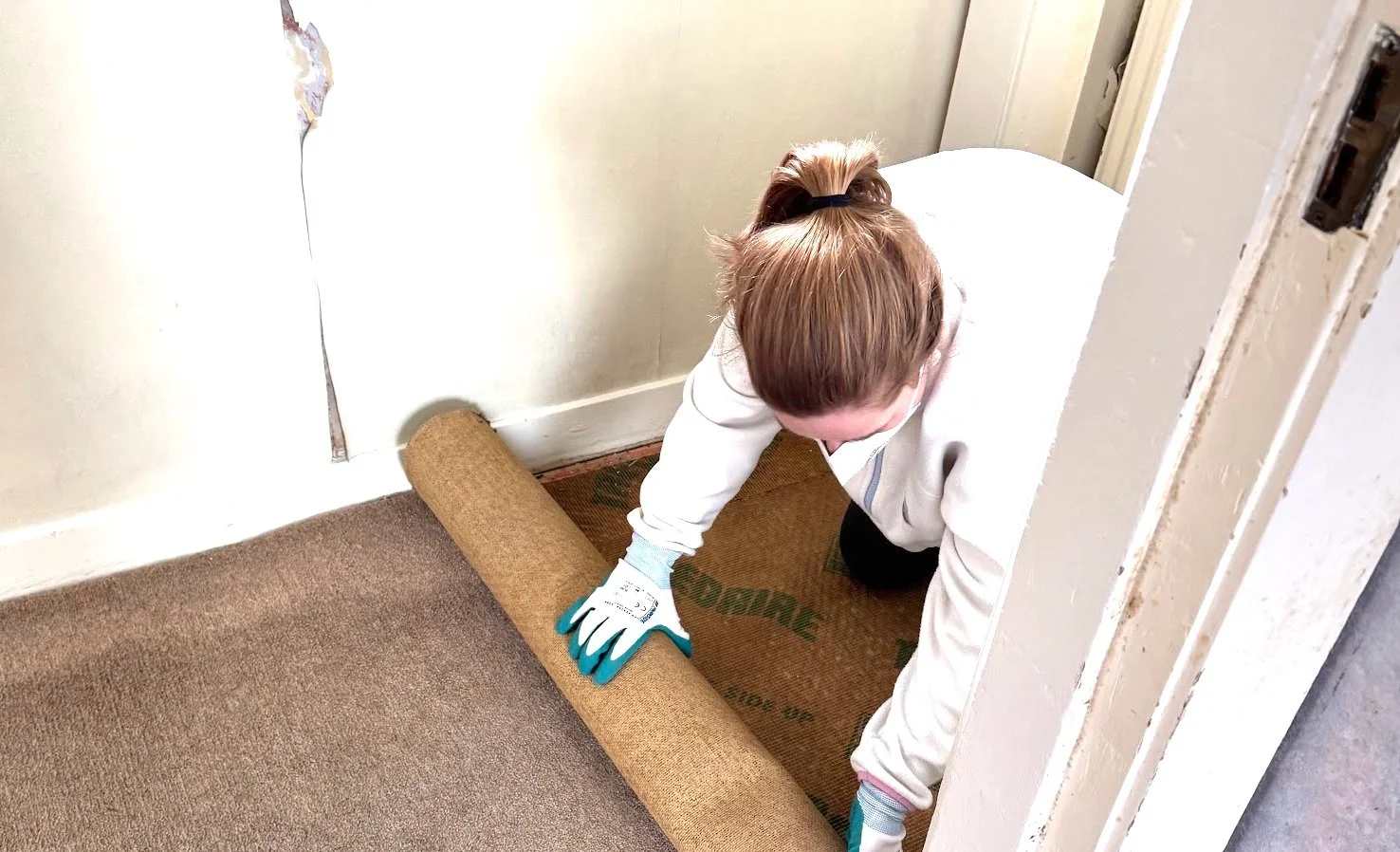No Surprises: Why Pro-active Planning Is The Way To Go
If there’s problems to be found - find them early!
If there's one mantra that has guided our renovation journey so far, it's no surprises. As two people who value efficiency in our professional lives (Naomi in healthcare and project management, and myself in data), we've learned that unexpected delays are the ultimate time and money killer.
Why Speed Matters
Renovation timelines directly impact your wallet. For us, every month our project extends means:
Another month of paying rent while owning a home we can't live in
Potential increases in material costs
The risk of losing contractors to other jobs
Additional stress and uncertainty
Speed doesn't mean cutting corners—it means removing obstacles before they become problems.
The Happy Ears Trap
We have a term called "happy ears"—the tendency to hear only the positive parts of what people tell you while filtering out the warnings. This condition can be financially devastating during a renovation.
When our engineer or contractors hint at potential issues, we've learned to lean in and ask more questions rather than brush past them. Being pessimistic about everything would mean never starting a project, but being realistically cautious has saved us headaches so far.
Front-Loading Decisions
Here's how we've applied our "no surprises" approach to specific areas of our 1950s bungalow renovation:
1. Structural Assessment
Rather than the light touch visual inspection that most buyers do, we asked our engineer to really hunt for any issues with a clear brief of the project we had in mind. Likewise, we had our builder assess the roof timbers and the flat roof cavity prior to construction drawings and costings. This meant some early demolition before we'd even fully moved forward, but uncovering potential structural issues early allowed us to get more accurate costings and plans.
2. Asbestos Management
With a 1956 property, asbestos was almost guaranteed. Instead of crossing our fingers and hoping for the best, we:
Commissioned a full asbestos survey immediately upon closing
Scheduled removal before our main contractor was due to start
Factored the cost into our initial budget rather than our contingency
The alternative—discovering asbestos mid-project—would have meant stopping all work, losing our place in the contractor's schedule, and potentially weeks of delays (and a potential risk to those on site).
3. Professional Support
Initially, we debated whether we needed an architect for what we thought would be mainly cosmetic updates. In the end, we found the perfect balance:
We hired an architect for design drawings (for a fixed cost not tied to build costs)
Our local structural engineer converted these into technical construction drawings
Having two pros stress test our ideas helped us avoid impractical concepts early and gave us concrete plans we could use to obtain accurate quotes from suppliers and contractors.
4. Early Supplier Engagement
Once we had construction drawings in hand, we immediately began conversations with:
Window suppliers
Door manufacturers
Kitchen designers
Bathroom specialists
This parallel planning meant we could lock in costs early, understand lead times, and prevent our contractor from standing idle waiting for materials or decisions. You don’t have to follow through with every supplier you talk to - shop around and get input early.
The Compounding Effect of Delays
One of the most underappreciated aspects of renovation delays is how they compound. When a contractor has to stop work for a week due to an unexpected issue:
They often take another job to fill the gap
Getting them back on site becomes difficult
Their subcontractors also reschedule
Material deliveries need rearranging
The new timeline pushes into different weather conditions
What started as a one-week delay easily becomes a month.
Our Current Progress
We're now at the stage where we’ve nearly broken ground on our sea-view property in Wicklow, and we're seeing the benefits of our front-loaded planning approach. Our contractor should have a clearer run with minimal interruptions, and we'll hopefully do a better job of maintaining our timeline despite the usual renovation challenges.
Is our renovation stress-free? Of course not! But by anticipating problems rather than reacting to them, we have a better shot at keeping it manageable and (mostly) on budget. This has worked so far; fingers crossed it stands to us as we keep ploughing on.


